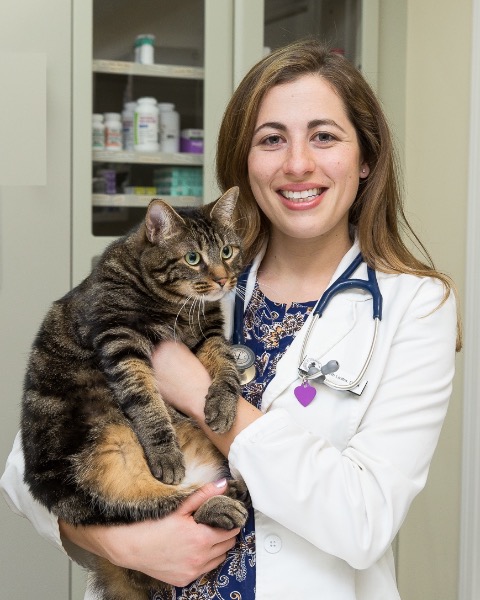Back
Small Animal Internal Medicine
ID06 - Sites of Feline Coronavirus Persistence in Cats
Thursday, June 15, 2023
4:45 PM – 5:00 PM ET
Location: PCC 109AB
CE: 0.25

BETH N. LICITRA, DVM, PHD (she/her/hers)
POST DOCTORAL ASSOCIATE
CORNELL UNIVERSITY
LANSING, New York, United States
Research Abstract - Oral Presenter(s)
Abstract: Background – Feline Coronavirus (FCoV) infection is known to result in persistent infection and shedding in 10-15% of cats. However, the sites of persistent FCoV infection and their role in the pathogenesis of disease is poorly understood.
Objectives – This study seeks to identify reservoirs of coronavirus persistence in cats and to characterize the nature of the viral spike protein mutations that are linked to pathogenesis and transmission.
Animals – Six animals enrolled in a pilot study were included in this analysis. They were drawn from a population of client-owned animals with a history of FCoV infection, and included classic cases of FIP as well as those with a less traditional course of disease; including cats on antiviral treatment, cats with chronic viral shedding and non-specific disease signs, and a case of spontaneous FIP remission where the cat developed alimentary lymphoma later in life.
Methods - Feces, blood, effusion, and tissue was sampled ante-mortem. RNA in-situ hybridization of tissues collected at necropsy was used to identify viral reservoirs, together with amplicon-based hybrid capture sequencing protocol for the spike gene.
Results – FCoV was identified in multiple tissues including in heart, eye, and intestine. Sequence analysis identified mutations associated with FIP in all cats in the study, including two that were diagnosed with alimentary lymphoma.
Conclusions – This case series sheds light on the nature of persistent coronavirus infection in cats. An understanding FCoV infection and its sites of persistence is important for viral testing and appropriate use of antiviral drugs.
Objectives – This study seeks to identify reservoirs of coronavirus persistence in cats and to characterize the nature of the viral spike protein mutations that are linked to pathogenesis and transmission.
Animals – Six animals enrolled in a pilot study were included in this analysis. They were drawn from a population of client-owned animals with a history of FCoV infection, and included classic cases of FIP as well as those with a less traditional course of disease; including cats on antiviral treatment, cats with chronic viral shedding and non-specific disease signs, and a case of spontaneous FIP remission where the cat developed alimentary lymphoma later in life.
Methods - Feces, blood, effusion, and tissue was sampled ante-mortem. RNA in-situ hybridization of tissues collected at necropsy was used to identify viral reservoirs, together with amplicon-based hybrid capture sequencing protocol for the spike gene.
Results – FCoV was identified in multiple tissues including in heart, eye, and intestine. Sequence analysis identified mutations associated with FIP in all cats in the study, including two that were diagnosed with alimentary lymphoma.
Conclusions – This case series sheds light on the nature of persistent coronavirus infection in cats. An understanding FCoV infection and its sites of persistence is important for viral testing and appropriate use of antiviral drugs.

